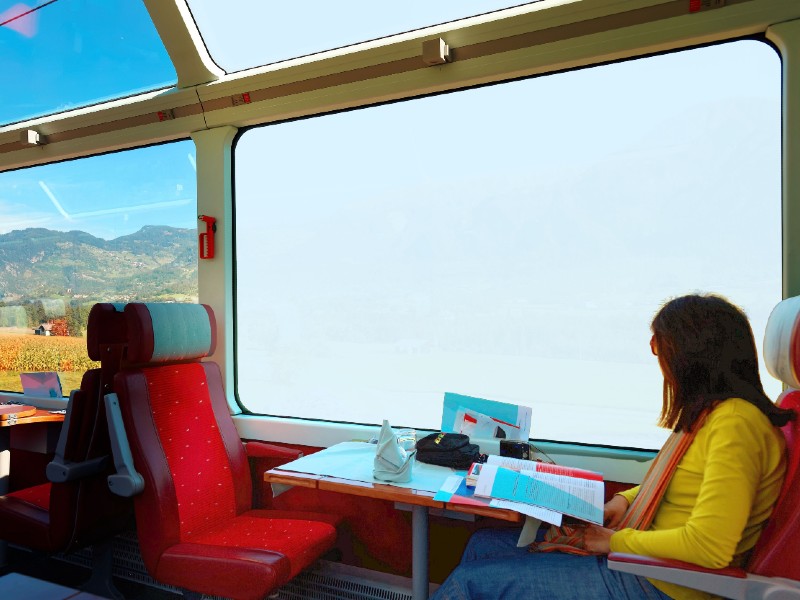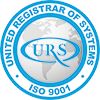According to the World Economic Forum, as of 2020, 56.2% of the global population was living in cities. In North American countries, the figure was 83.6% in 2020, compared to 63.9% in 1950.
MUNI WORLD, a think tank focused on brainstorming key challenges facing smart cities that sponsors the annual Smart Cities conference in Tel Aviv, states that 70% of the world’s population is expected to live in urban areas by 2050.
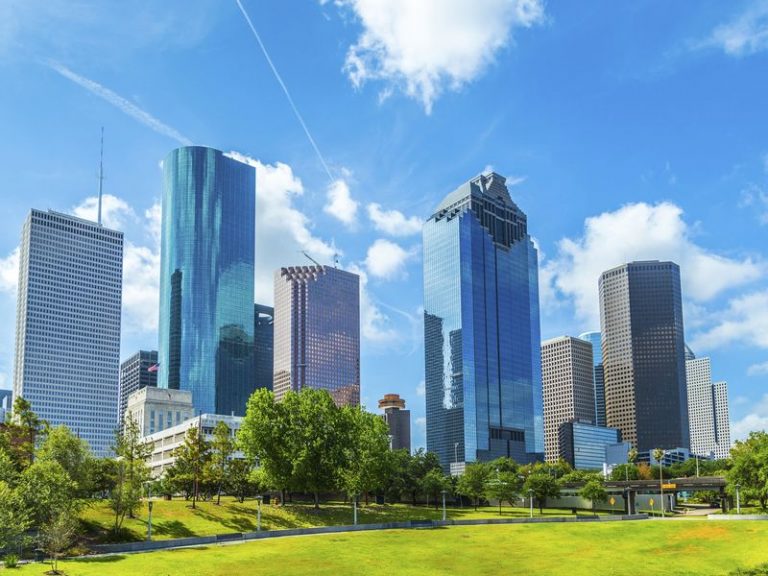
With the anticipated explosion of populations living in urban areas, the effect of COVID-19 on the need for safety in the built environment, and the urgency of the sustainability movement, architects, designers and builders must be prepared. How can they do this?
Smart Cities and subsequently, the use of smart building materials is one consideration quickly gaining traction. New types of smart glass for instance, are being developed and manufactured by a company called Gauzy and offer innumerable benefits to building occupants and city dwellers.
What are Smart Cities, Buildings & Materials?
To fully realize the benefits of smart cities and smart materials such as smart glass, it pays to understand exactly what these terms refer to.
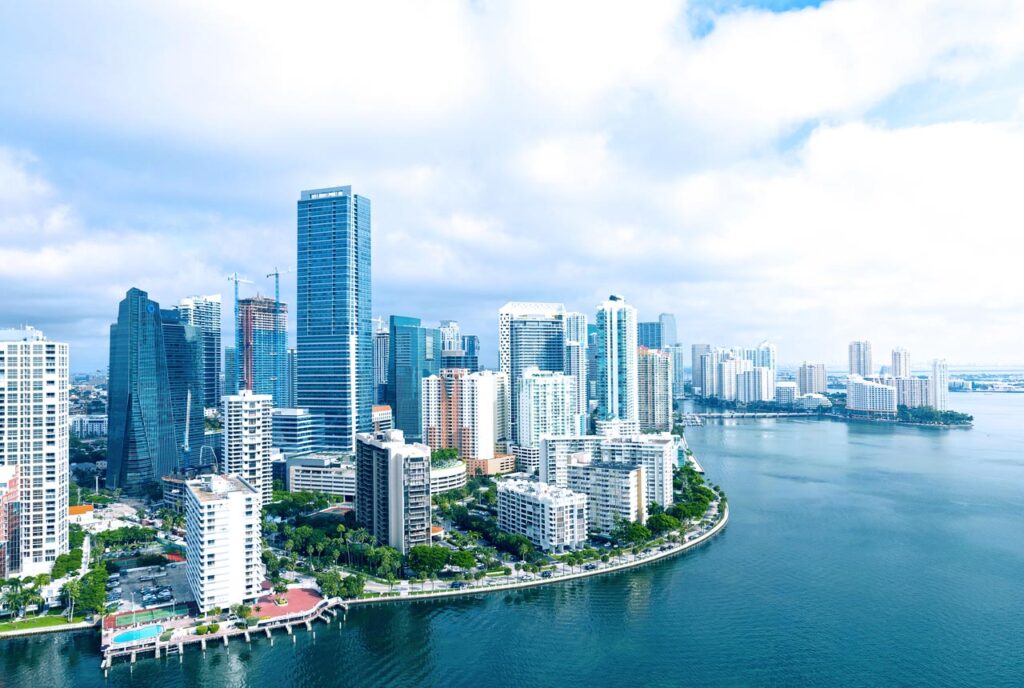
Smart Cities
Smart Cities use information and communication technologies to improve the quality of government services and the welfare of its citizens, and increase operational efficiency. It is generally achieved through smart technology and data analysis.
Some of the factors that are used to determine how “smart” a city is include its environmental initiatives, viable and cohesive urban planning, a well-functioning public transportation system and an infrastructure that is technology-based. Smart cities often rely on the internet of things (IoT), a network of connected devices that communicate and exchange data, as well as artificial intelligence, cloud computing, dashboards and machine learning. Smart technology can be applied to everything from a city’s transportation system (think traffic flow and streetlights) to its efforts in energy conservation and efficiency.
Smart cities are created to generate overall economic growth and offer a high quality of life to its residents, while minimizing costs. As more people move to cities, more efficient use of infrastructure is needed to accommodate them.
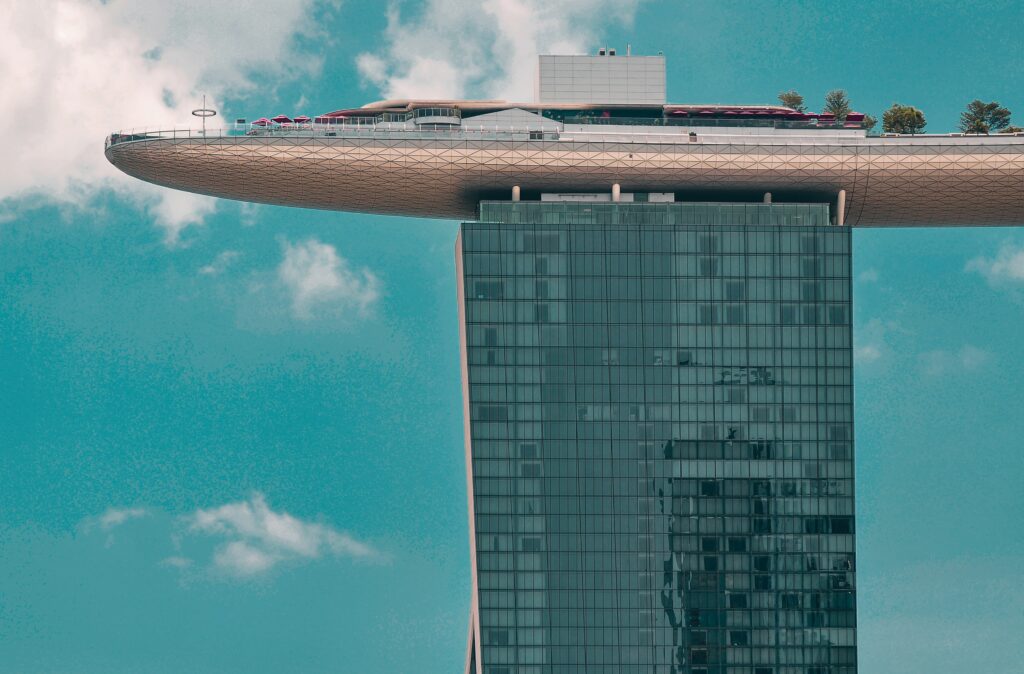
Smart Buildings
Among the most important components of smart cities are smart buildings. Whether for work, living or leisure and cultural activities, buildings are the lifeblood of any urban area and this is especially true for cities. In contemporary cities, new smart buildings can be constructed with sensors that monitor their structural health, detect problems and even notify offices when repairs are needed. Smart buildings in particular give developers, architects and interior designers the opportunity to carefully consider the building materials they use in order to adapt to changes in the spaces where we spend most of our time.
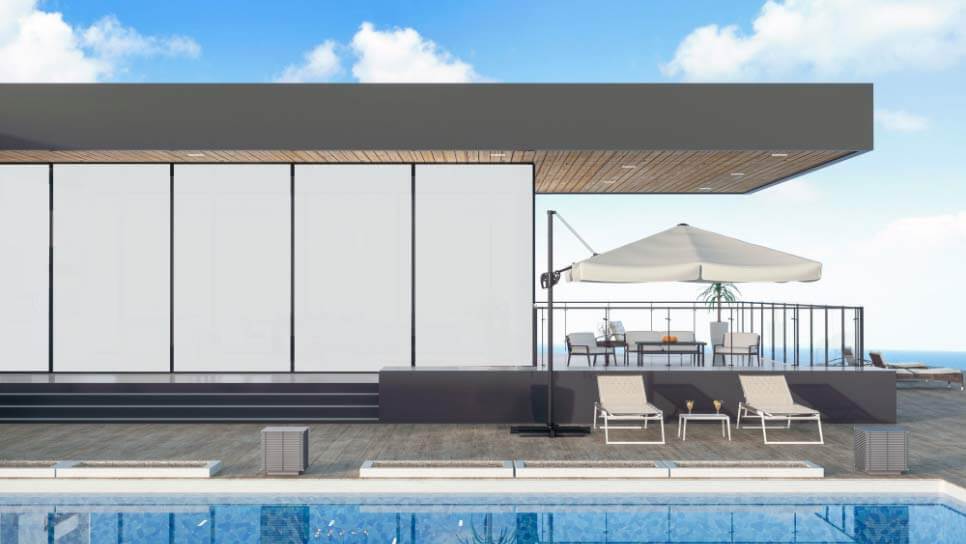
Smart Materials
Smart buildings can be built with smart materials, which differ from traditional building materials in that they have the ability to respond to and be controlled by the environment to which they are exposed, such as wind, light, moisture and temperature. Smart glass, for instance, can be activated remotely to change its transparency with the use of electricity, thus making it a smart material. Smart materials include glass, concrete, metals, aerogels and coatings. They contribute to the enhanced performance, comfort and energy structure of the building.
Smart Glass as a Smart Building Component
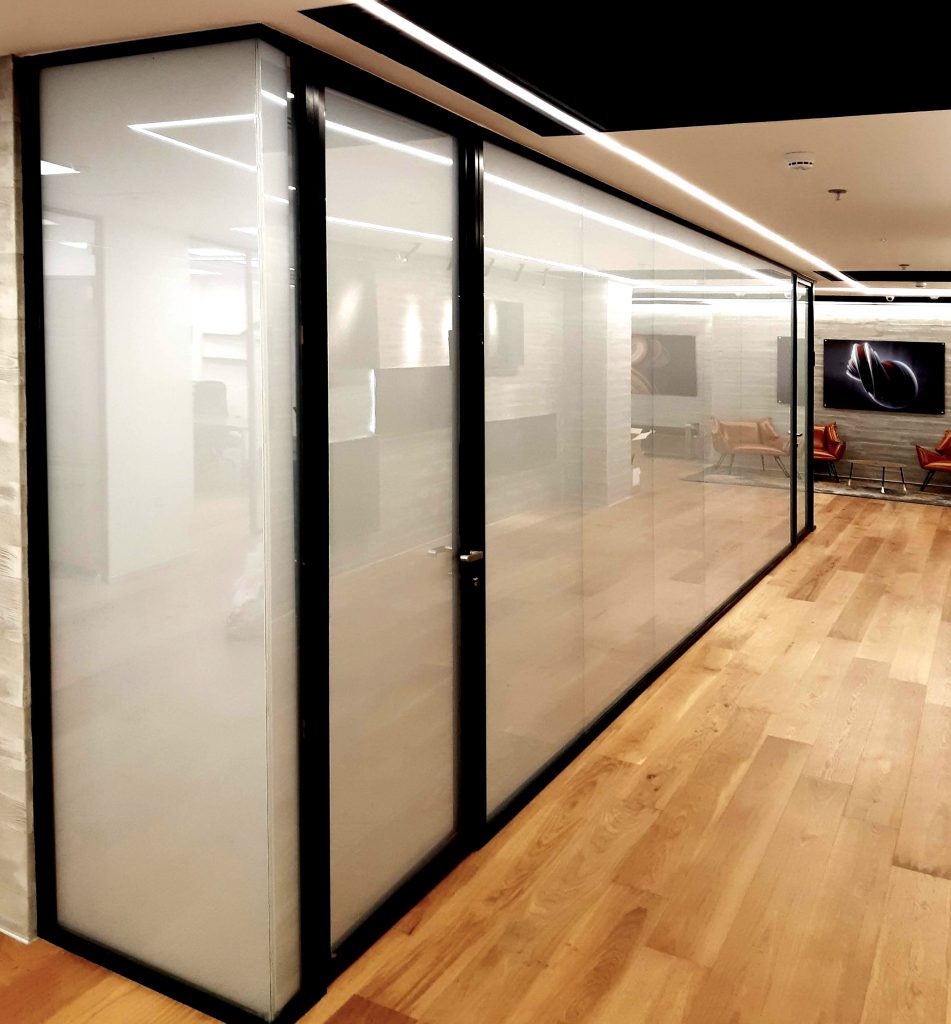
Equipped with a deeper understanding of smart cities and the materials that power them, professionals working with glass can begin to explore how glass is evolving into a smart material that’s a must-have for buildings of all types.
Glass is a material that has recently experienced major improvements in technology and the introduction of smart glass has created innumerable benefits. Glass facades using smart technology reduce the need for air conditioning in the summer and heating in the winter and are therefore more energy-efficient and cost-effective than regular glass. Their ability to maximize daylight when needed, provide solar shading and control glare is invaluable.
Architects and designers can take advantage of these new energy-saving glass technologies and design buildings abounding with glass while adhering to energy regulations, such as NYC Local Law 97 of 2019, which requires medium and large-sized buildings to significantly reduce their emissions, and California Title 24, which requires windows to adhere to a Solar Heat Gain Coefficient of .24. (Smart-tinting glass weighs in at an SHGC of .09.)
The rest of the world should expect similar pieces of legislation to come into effect over the coming years, creating an urgent need for building materials like smart glass that both meet these new regulatory standards, but also provide form and function for building occupants, including:
- Safety and Well-being – Rapid advancements in smart glass technology are improving building safety and wellbeing standards worldwide. In vital public spaces such as healthcare facilities, smart glass fills the need for interior partitions that are easy to sterilize, while simultaneously boosting patients’ well-being by providing access to natural light. Switchable glass partitions replace traditional curtains, helping to stop the spread of infection while still allowing for the option of privacy on demand – staff can check on patients when the glass is on and can switch the glass off to ensure patients can enjoy a private and restful environment.
- Sustainability – The building industry is responsible for 40% of the total amount of carbon dioxide emitted worldwide. Switchable glass used in a building’s façade can contribute to reducing energy consumption. Solar control PDLC films can be used on doors, windows and partitions to reduce thermal transmittance, and block IR light, which creates heat. SPD can be used to create shade. Both types of smart glass contribute to keeping interior spaces cool, lowering HVAC costs, reducing glare and creating more efficient buildings.
- Compound Smart Materials – In the not-too-distant future, it may be possible to combine PDLC or SPD smart glass with translucent concrete, a form of concrete infused with plastic or quartz fibers. The result would be that daylight could be scattered throughout a building, offering energy efficiency and sustainability. A wall made with smart glass film applied to the interior face of translucent concrete could conceivably switch off on demand.
Architects, designers and builders are increasingly turning to smart building materials like smart glass as solutions to the needs and demands of ever-expanding cities worldwide. With improved technology being developed every day, the applications for (and functionality of) smart glass are growing exponentially.
Do you have an upcoming project? The journey toward smart cities is happening now – and smart glass is the undisputed material of choice in the transition to a more technologically-advanced urban community.
Want to learn more about how to integrate Smart Glass into your project or receive a quote? Contact the Smart Glass experts at Gauzy today.

